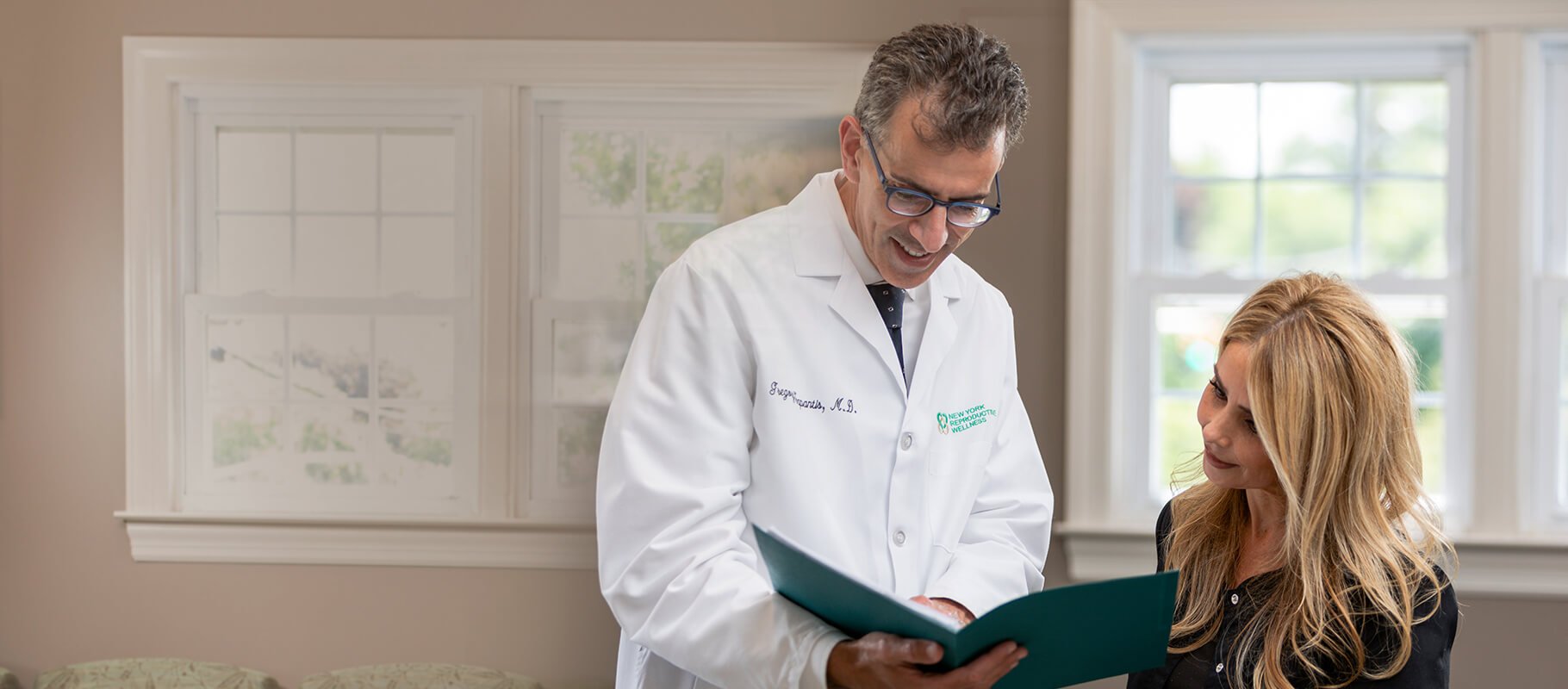The Basic Steps Involved in IVF (In vitro fertilization)
The IVF (In vitro fertilization) procedure is where a woman's egg is joined in a laboratory dish with a man's sperm. This is usually performed in a fertility clinic. Vitro refers to 'outside the body' and fertilization is where the sperm attaches to and enters the egg.
Five Basic Steps to IVF (In vitro fertilization)
1. Your Menstrual CycleIn many cases, you (the woman) will be administered oral contraceptives once you begin your period to help precisely regulate your hormone levels and limit potential cysts at the same time that can compromise fertilization. You take these contraceptives for around 2 to 4 weeks as well as receive daily Lupron injections which are administered for around 2 weeks and complete the pre-stimulation ovarian suppression.
2. StimulationTo boost your egg production, you are given fertility drugs. Typically, one egg per month is produced, but with fertility drugs, your ovaries produce more; usually several. You will be given routine transvaginal ultrasounds to have your ovaries examined and blood tests to have your hormone levels checked.
3. Egg RetrievalDuring the egg retrieval surgical process, you will be sedated intravenously. Using a trans-vaginal ultrasonography guided needle, your ovarian follicles are removed. The embryologist scans your follicular fluids in order to find your available eggs. The retrieved eggs are put in a special media where they remain cultured inside an incubator until it is time for insemination.
4. FertilizationThe next step is fertilizing the eggs with your partner's sperm in the laboratory. For the next 2 to 6 days, the embryos are left to culture in the IVF laboratory.
5. Embryo TransferThis procedure is where the embryos are placed in your uterus with the hope they will implant and develop resulting in a live birth. The procedure is similar to a Pap smear and you shouldn't feel any discomfort. You are not even anesthetized, but you can request a sedative which will help you relax. The 5-day old embryo is placed in your uterus by a doctor using a slender, tiny tube. If you end up with more than one embryo that is viable following the egg fertilization procedure, they will be frozen cryogenically so you can use them in the future. After around 9 to 12 days, you will be tested to see if the embryo is safely implanted. If it is, you will be given progesterone suppositories (optional) during your first trimester which diminishes the chances of you having a miscarriage. There are some risks that come with the IVF procedure such as it requires a lot of emotional and physical energy, money and time. Some couples who have to deal with infertility suffer with depression and stress. These risks are minimal and the benefits of going to fertility clinics for the procedure far outweigh them. For more information about IVF in Long Island, contact New York Reproductive Wellness at 516-612-8466.







